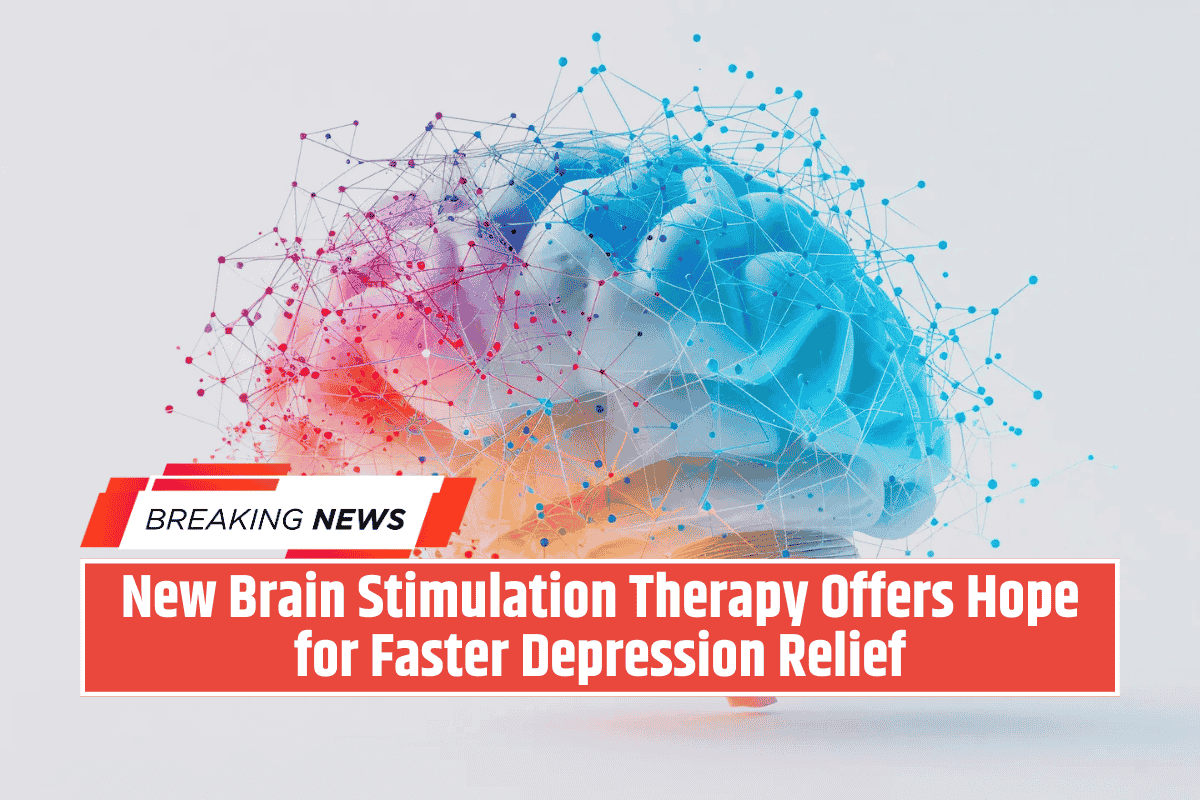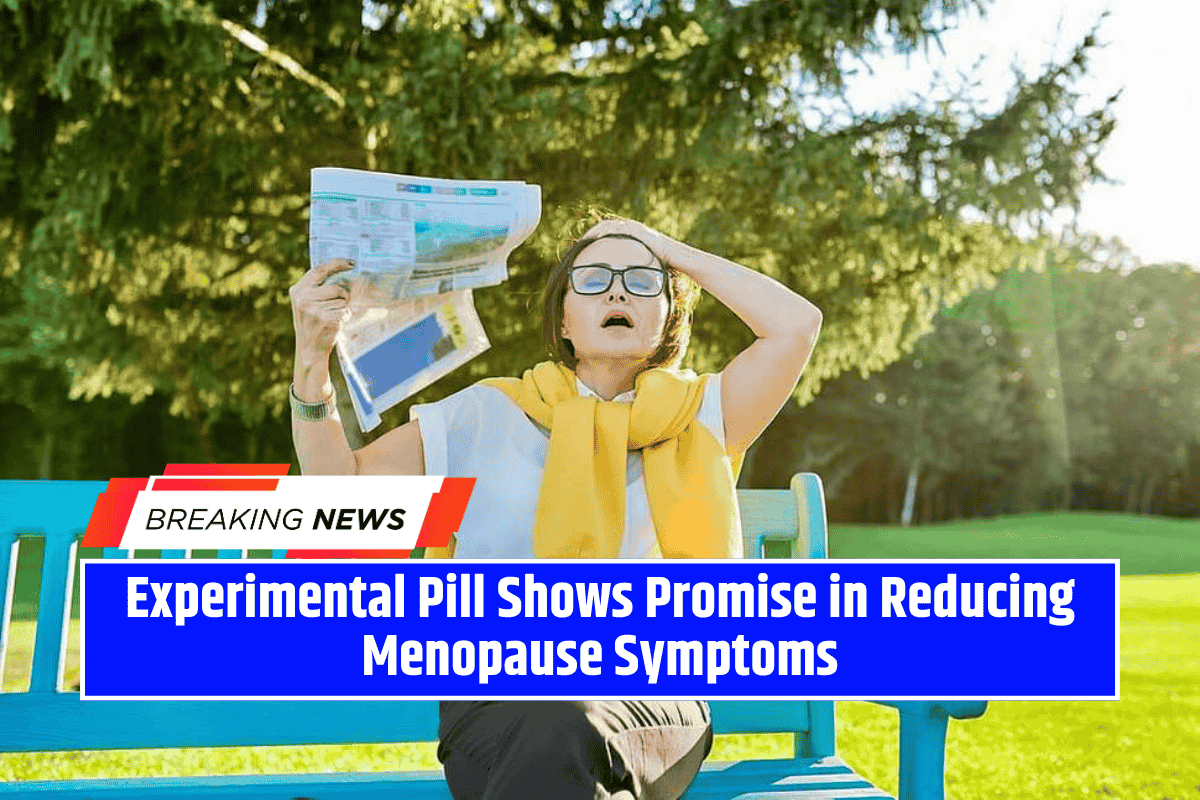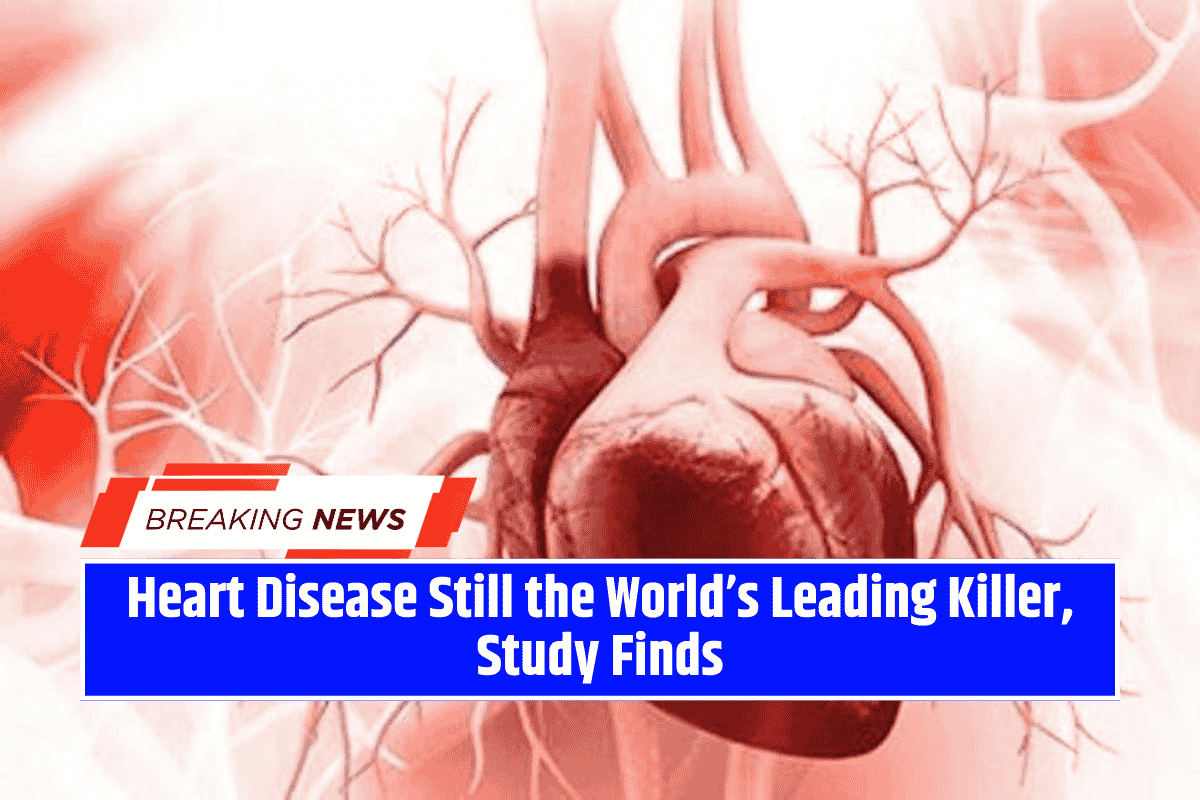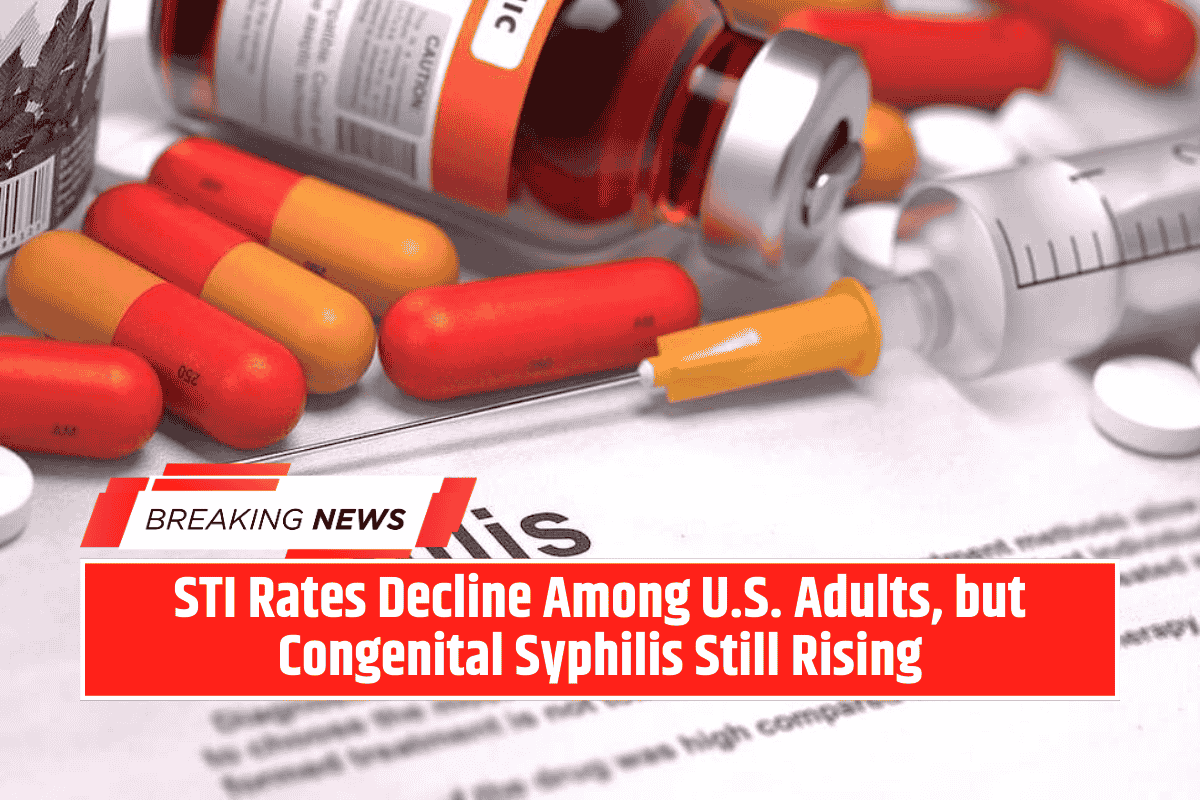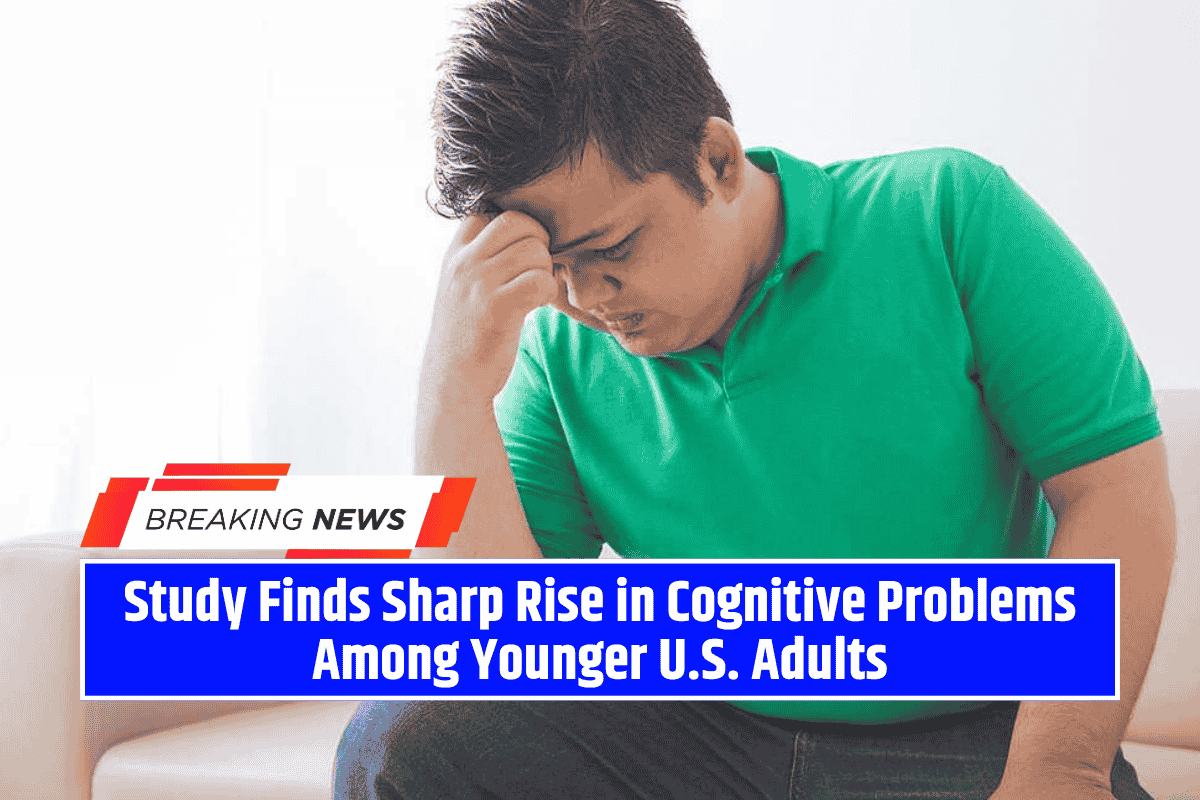A new brain stimulation method could bring faster relief for people suffering from moderate to severe depression, according to a recent study by researchers at UCLA.
The technique, called high-definition transcranial direct current stimulation (HD-tDCS), is a noninvasive and painless treatment that uses mild electrical currents to target areas of the brain linked to mood.
How HD-tDCS Works
HD-tDCS works by placing small electrodes on the scalp to deliver gentle electrical signals to specific parts of the brain. These areas are responsible for how we feel and manage emotions.
By focusing the stimulation on these exact regions, scientists believe they can help lift a person’s mood more effectively than traditional treatments.
The Clinical Trial and Its Findings
In the UCLA study, 71 adults diagnosed with major depression were split into two groups:
- One group received real HD-tDCS treatment
- The other received a sham (fake) treatment that felt similar but had no actual effect
Each participant underwent 20-minute sessions every weekday for 12 days. The results were encouraging:
- Depression symptoms dropped by nearly 8 points in the real treatment group (compared to about 6 points in the sham group).
- 39.5% of patients who got HD-tDCS reported reaching remission, meaning their symptoms were nearly gone.
- In the control group, only 13.3% saw such improvements.
Faster Results Than Medication or Therapy
One major advantage of HD-tDCS is how quickly it seems to work. Many depression medications and talk therapies take weeks to show any results, but participants in this study began to feel better after just six days of treatment.
Lead researcher Dr. Mayank Jog said the therapy works by precisely targeting the brain regions most affected by depression. “We’ve shown that stimulation can significantly improve mood and daily functioning,” he explained.
Safe and Well-Tolerated
The treatment was found to be safe and easy to tolerate. The only side effects reported were mild, such as slight redness or a burning sensation where the electrodes touched the scalp.
Potential for Treating Anxiety as Well
Interestingly, the researchers also observed that HD-tDCS might help with anxiety disorders. While this study focused on depression, Dr. Jog noted that future research could explore how this therapy works for people dealing with chronic anxiety.
What’s Next?
Though the results are promising, experts say longer studies are needed. It’s still unclear how long the benefits of HD-tDCS last and whether ongoing “maintenance sessions” might be necessary to keep depression symptoms from coming back.
The study was published on September 11, 2024, in the medical journal JAMA Network Open, and it adds to the growing interest in non-drug treatments for mental health conditions.
With millions of people struggling with depression worldwide, a fast-acting, noninvasive, and low-risk treatment like HD-tDCS could make a real difference.
While more research is needed to confirm its long-term effects, early signs suggest this therapy may be a game-changer in how we treat serious mood disorders—giving hope to those who haven’t found relief with traditional methods.
